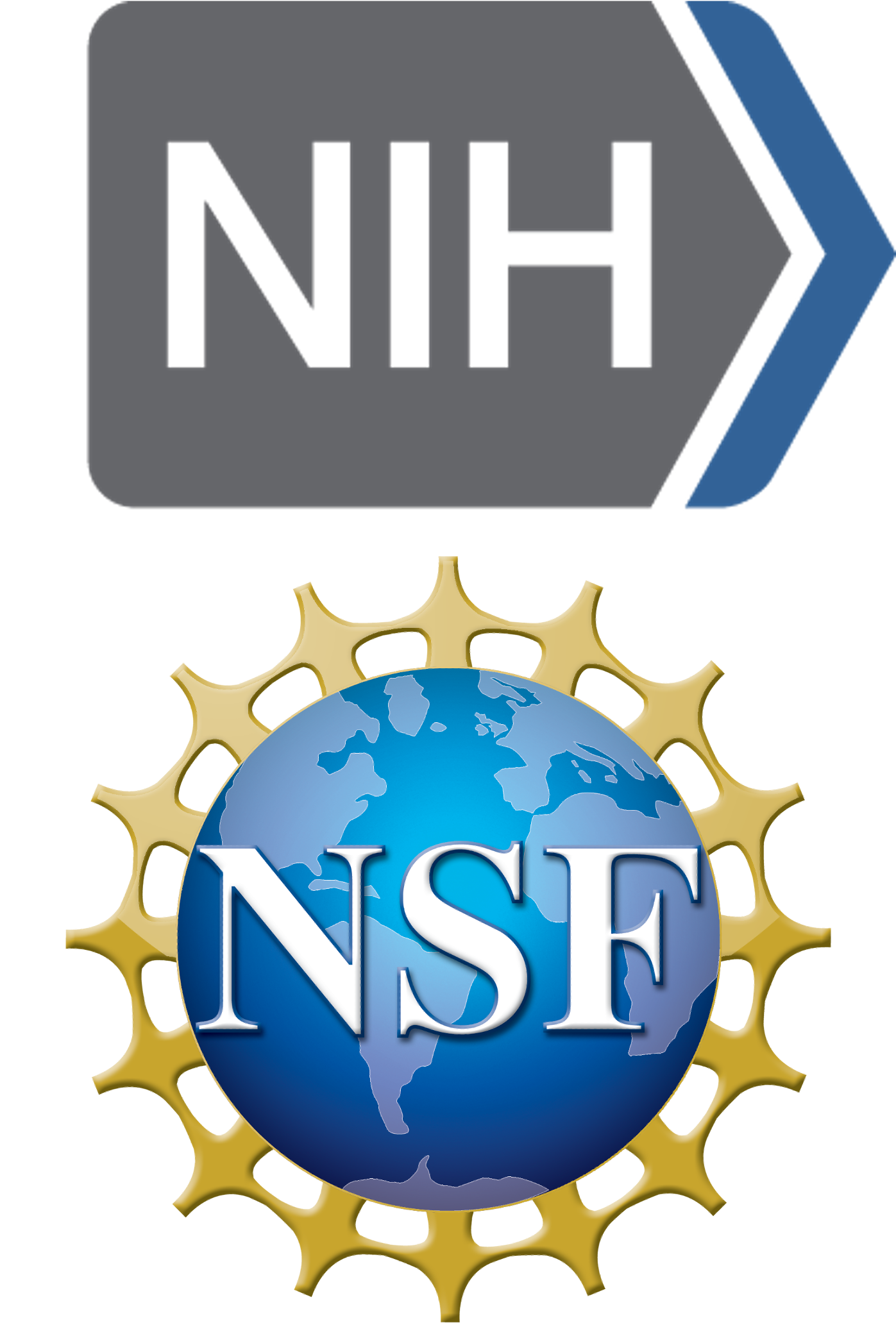Health and Extreme Weather Report Submission Guidelines

These guidelines are intended for recipients of the Health and Extreme Weather Research Award Program.
We Can Answer Your Questions!
We are here to support you during the writing process. Not sure how to format a reference? Torn by word choice, or acceptable acronyms, or any other sort of writing quandary? Please contact the Natural Hazards Center editing team with any questions.
Overview
Health and Extreme Weather Research Award recipients will submit a 20-page (~5,000 word) report that will be published on the Natural Hazards Center Health and Extreme Weather Research Reports page. Your report should concisely summarize your research and include an abstract, introduction, literature review, research design, results or findings, discussion, and conclusion.
Report Due Date
The report is due no later than six months following award activation. Submit your report as a Word document (with figures and captioned photos submitted as separate JPG or PNG files) to the Natural Hazards Center at haz.research.awards@colorado.edu.
Style Guide
Before you start writing, please review our Natural Hazards Center Publication Style Guide. The style guide answers frequently asked questions about our writing style and how to format headings, tables, figures, block quotes, references, appendices, and more. Reports that do not follow the style guide will be returned to the author for further revision.
Template
Download the Report Template and save it as a Word document. The template has pre-formatted headings and instructions that will help you create your report. Scroll to the end of the document for a checklist of all our style requirements. Please review the checklist prior to submitting your report to ensure it complies with our guidelines.
Publication Process
If your report adheres to the guidelines, it will then enter peer review and copyediting processes. The list below describes the steps in this process and important dates.
- Peer Review. Two reviewers will read your draft report and provide you with detailed written comments and suggestions for revision within 4 weeks of submission.
- Revised Report. You will be asked to revise your report in response to reviewer comments and submit a revised version by an agreed-upon deadline.
- Copyediting. The Natural Hazards Center staff will copyedit the revised draft and provide additional comments. You will be contacted to approve any editorial changes.
- Publication. Natural Hazards Center staff will then work to publish your report online with any photos, images, or multimedia items that are included in your submission. After the report is finalized, it will be published as part of the Health and Extreme Weather Research Award Program Reports series on the Natural Hazards Center website and widely promoted. Publication is not guaranteed and instead is based on the quality and merit of the final report.
- Research Brief. After the report is complete, the Natural Hazards Center editing team will draft a 2-page research brief that summarizes the key findings, outlines policy implications, and identifies the intended audience of your report. These briefs serve to provide a snapshot of the research’s significance to practitioners, policymakers, and the public. The brief will be published as a professional PDF with photos and graphics alongside your report. You will be asked to review and approve the brief before it is published. The Center requests that you share photos of your research project for use in the brief. Find examples of published briefs here.
Project Photos and Other Multimedia
We strongly encourage you to submit photos, images, videos, or other multimedia depicting your research. Such items will help illustrate the value of your research while also making your online report more visually appealing (your University media office will also likely use such materials to promote your research!)
For guidance on taking photos, please read this list of tips on Photography Basics for Researchers from the CONVERGE Extreme Events Research Check Sheets.
- You may submit up to 10 photos or images depicting your project site or activities. Due to space limitations, we may not be able to include all submissions.
- All photos or images should be attached as separate image files, such as JPG or PNG, and not embedded in the Word document.
- If your photos or videos include identifiable images of project participants, you must obtain their permission to share their image online.
If you would like to incorporate other types of multimedia in your report, please review the CONVERGE check sheets on Multimedia for Researchers: Techniques and Ethics and Videography Basics for Researchers. Please contact haz.research.awards@colorado.edu for information on how to submit multimedia items.
Author Bios
Prior to submitting your final report, please make sure all authors submit a biography, photo, and current email address using this online form.
Questions?
If you have any questions, please contact the Natural Hazards Center team at haz.research.awards@colorado.edu.
Acknowledgements

The Health and Extreme Weather Research Award Program is funded by the National Institutes of Health (NIH) through supplemental support to the National Science Foundation (NSF Awards #1635593 and #2536173). Opinions, findings, conclusions, or recommendations produced by this program are those of the author(s) and do not necessarily reflect the views of the NIH, NSF, or the Natural Hazards Center.
